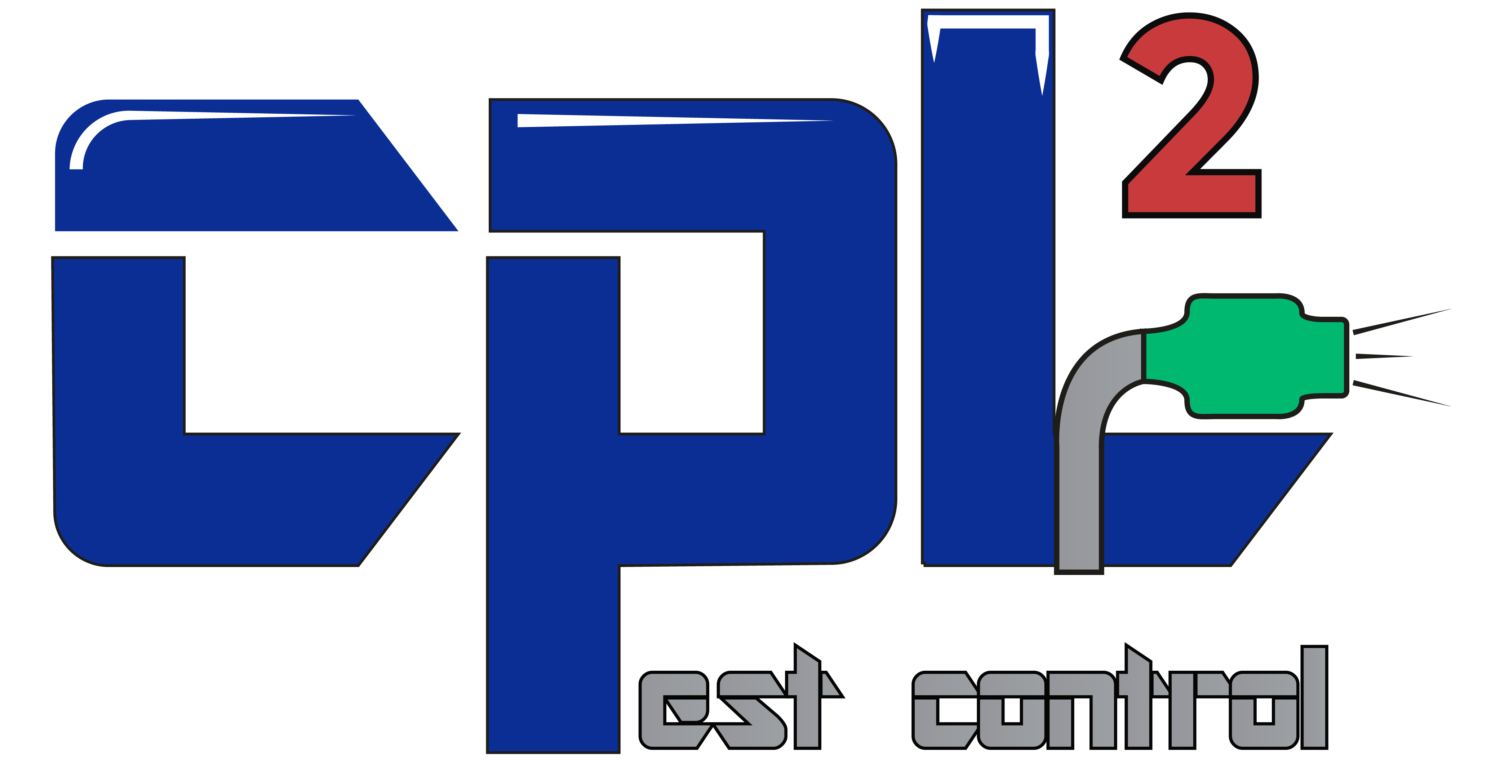The Heights, TX is under attack from an unseen enemy. Subterranean termites are slowly but steadily consuming the wood and fiberglass of homes in the area, leaving behind costly damage to property owners. Termites enter a home through tiny cracks in foundations or around pipes and wires that pass through exterior walls. Once inside, they feed on structural framing lumber, subflooring, floor joists and support beams. They also consume insulation and plasterboard used for wall coverings.
Subterranean termites typically form large colonies with thousands of individuals working together to find food sources such as the wooden structures found in homes throughout The Heights. To make matters worse, these pests can spread quickly as they travel by building mud tunnels which act as highways to new food sources.
Homeowners in The Heights may not be aware of their presence until damage has already been done, so it’s important to take preventative measures to protect your property from potentially costly repairs. Begin by regularly inspecting the exterior of your home for mud tunnels and any other signs of termites. Sealing any cracks or areas where wires and pipes enter the structure can help keep them out as well. Finally, consider having a professional pest control company come and inspect your home for infestations and provide advice on how best to protect your property from these voracious pests. With the right prevention techniques and timely intervention, you can ensure that subterranean termites don’t eat away at the structures of The Heights.
What Is The Difference Between Subterranean Termites and Drywood Termites?
The Heights has a serious Drywood Termite problem, but the questions is what is the difference between the two? Subterranean termites live in colonies below ground and build mud tunnels to enter homes, while Drywood termites tend to live in above-ground infestations in areas such as attics and crawlspaces. Subterranean termites are more common than drywood, but both types cause similar damage and require professional help for eradication. While subterranean termites are more difficult to detect, Drywood Termites can be identified by the small holes they leave in wood.
Are Subterranean Termites More Of A Concern Than Drywood Termites?
Subterranean termites are more destructive than Drywood Termites, since they can cause much greater damage over a longer period of time. Subterranean termites feed on wood and cellulose-based materials such as paper and cardboard, while drywood termites only feed on wood. Additionally, subterranean termites form large colonies, so they can spread quickly and cause more damage in a shorter time frame. Drywood termites are usually found in smaller colonies, so the damage is more localized and less extensive.
Subterranean termites have been an issue for The Heights for years, but the good news is that there are measures you can take to protect your home from these destructive pests. If you suspect that your home has been infiltrated by subterranean termites, contact a professional pest control company right away to inspect and treat the infestation before any more damage is done. By taking preventative measures, you can ensure that The Heights remains safe and free of termite-caused destruction.
What Should I Do If I Feel I Have A Subterranean Termite Problem?
You should call CPL Pest Control for your FREE Inspection and Quote! We promise to give you and your home a through inspection! Give us a call today 281-683-6737 and as always, ASK TO SPEAK WITH CHRIS!
